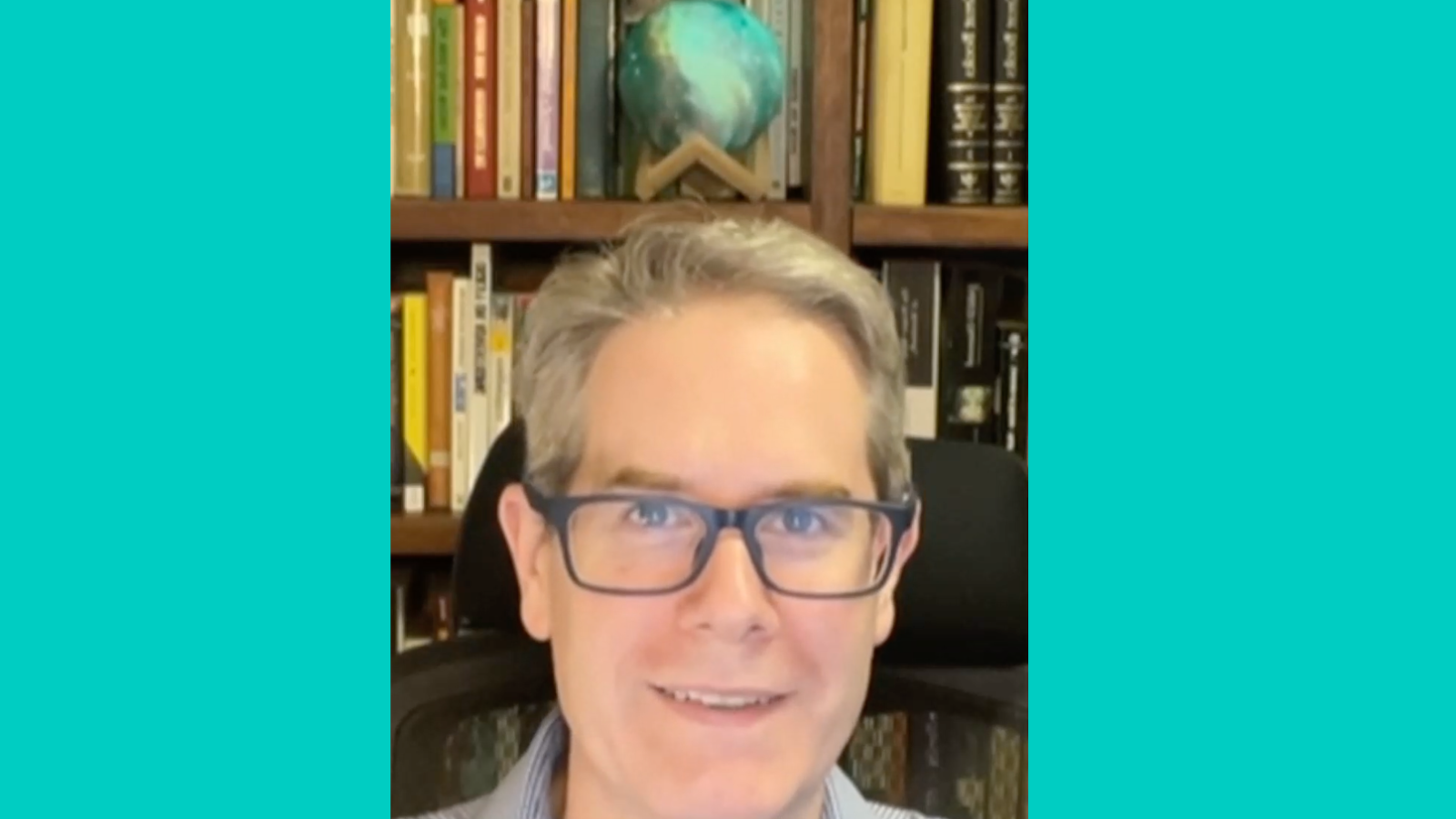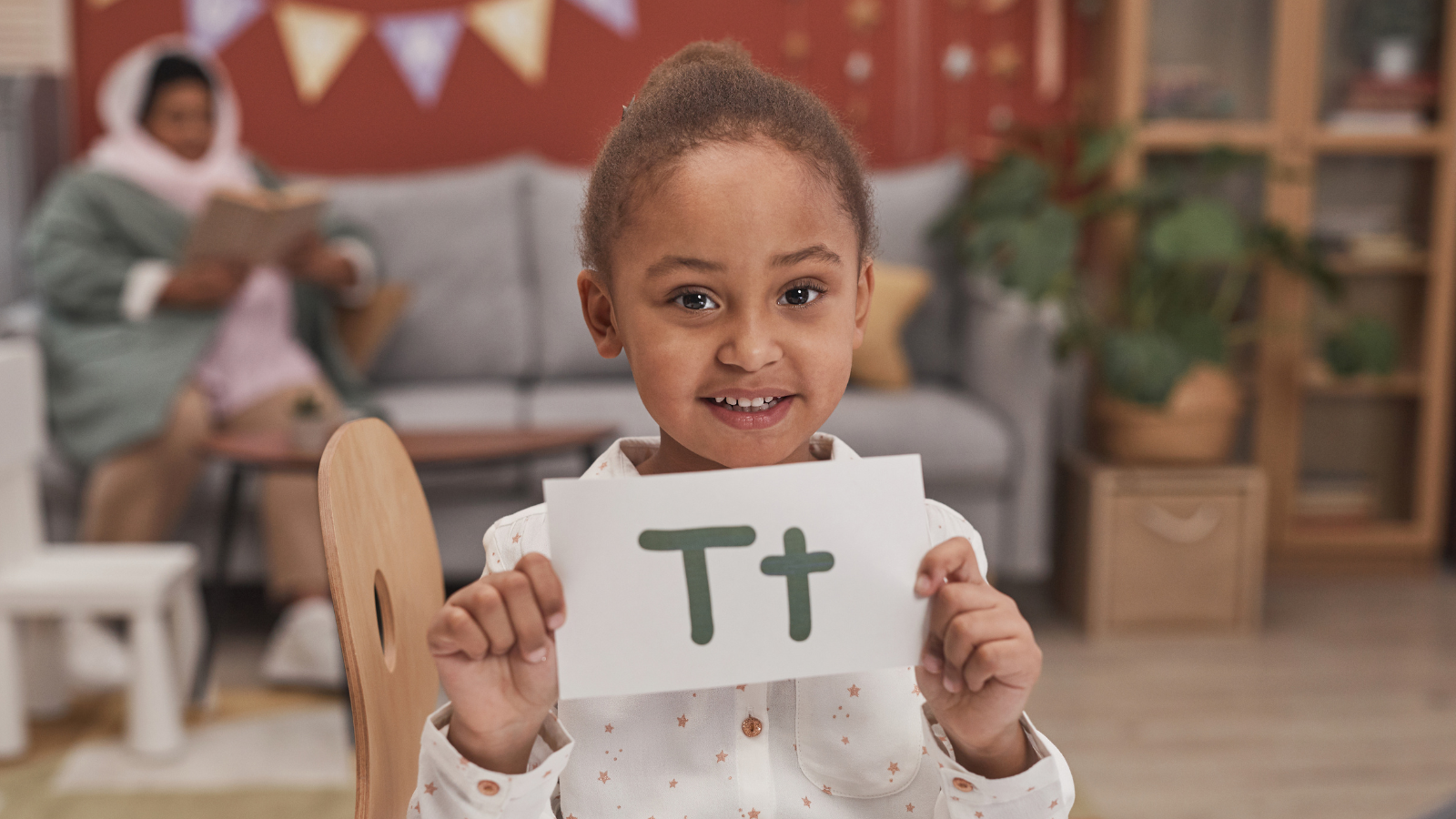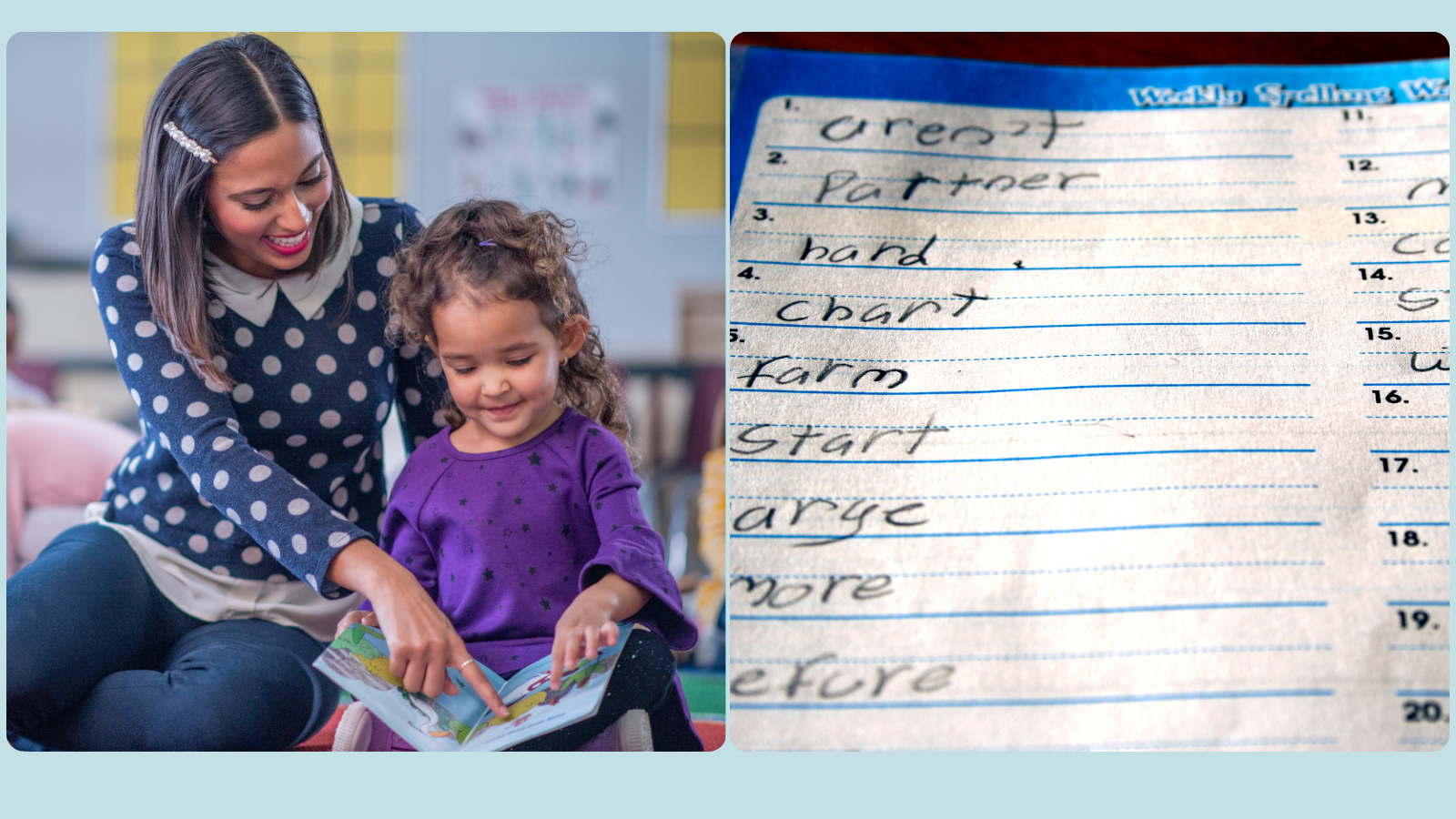Banter Quick Tip: Bossy e, magic e, first job of the silent e, or split vowel digraphs? Which one, and why?
Once beginners have mastered the so-called short vowel sounds, it’s time to make things just a bit more complicated. I often starts by contrasting pairs of words like these:
- Mat-Mate
- Pet-Pete
- Fin-Fine
- Hop-hope
- Cut-Cute
We teach students that the second item in each pair includes a long vowel sound signalled by the letter <e> at the end of the word.
Teachers and others use different terms to describe this pattern: a bossy e, or magic e that tells the vowel to say its name. A decade ago, my Spalding trainer told me to teach it as the ‘first job of the silent e’.
More recently, I’ve been teaching them as split vowel digraphs (two letter combinations separated by a consonant linked to one speech sound). This is how I teach it, but controversy alert: I don’t think it makes that much difference what we call it, as long as we’re consistent.
What does matter is helping beginners to spot the pattern, and then to do lots of practice reading and writing words featuring it!
For my free script to introduce the pattern to beginners, check our free resource.

Hi there, I’m David Kinnane.
Principal Speech Pathologist, Banter Speech & Language
Our talented team of certified practising speech pathologists provide unhurried, personalised and evidence-based speech pathology care to children and adults in the Inner West of Sydney and beyond, both in our clinic and via telehealth.








